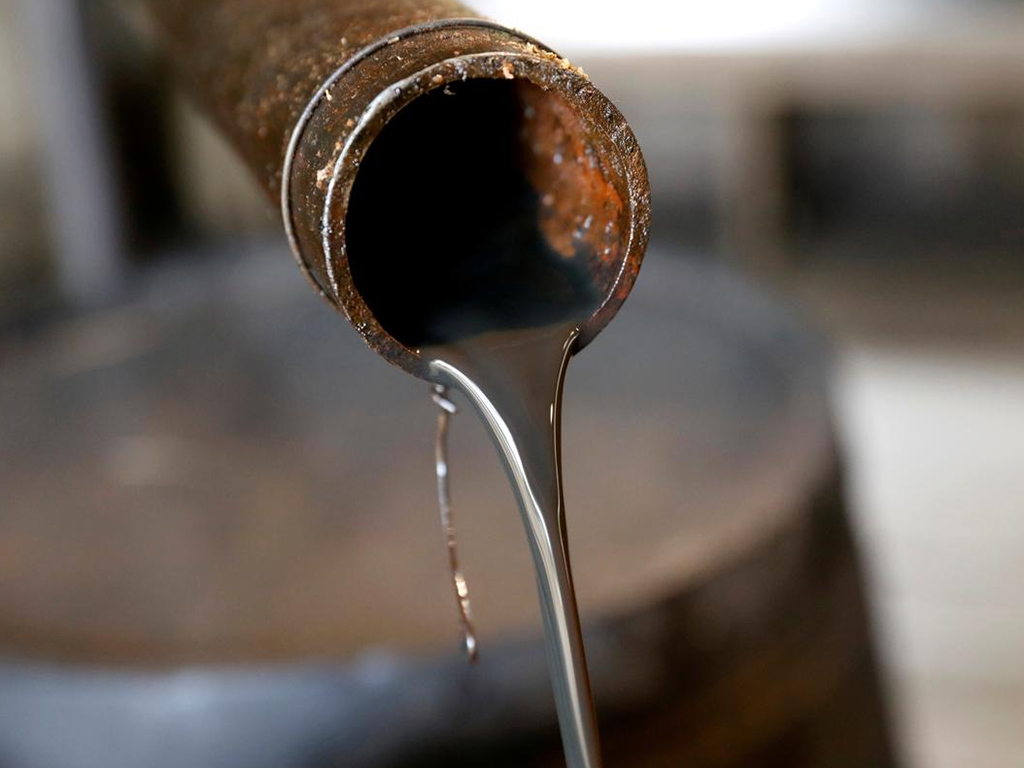Oil sales decline by 29 percent on YoY basis

The oil sales in the country have declined by 29 percent on year-on-year basis to 1.03 million tons in March 2020, lowest monthly sales since 2006. The oil sales in March 2019 were 1.46 million tons.
On month-on-month basis, the oil sales decreased by 7 percent in March 2020 as compared to 1.11 million tons sales in February 2020.
Despite more working days in March 2020 compared to February 2020, demand for petroleum products has significantly gone down due to enforcement of lockdown by provincial governments to limit spread of Coronavirus along with excessive availability of illegal fuel dumped from Iran and lower reliance on furnace oil (FO) for power generation, analysts said.
Pertinently, sales of FO, HSD and MS witnessed a steep decline of 63 percent, 32 percent and 15 percent on YoY to 0.07 million tons, 0.39 million tons and 0.55 million tons, respectively.
As per market sources, oil consumption during the last 10 days of March 2020 witnessed a massive decline of 50 percent vis-a-vis first 20 days of the month. However, if lockdown is extended (deadline is 14th April'20) then this may have serious repercussions for April 2020 sales, Arsalan Hanif at Arif Habib Limited said.
On a monthly basis, FO sales dropped by 53 percent while HSD and MS volumes grew by 4.0 percent and 1.0 percent. "We expect demand for FO to remain at similar level in upcoming months due to higher availability of power from cheaper sources (hydel and coal)", he said.
During the first nine months of FY20, total White and Black Oil sales clocked-in at 12.28 million tons, depicting a decline of 10 percent on YoY due to dip in sales volumes of HSD and FO by 15 percent and 26 percent, respectively. Despite continuous increase in vehicle population, Motor Gasoline sales witnessed meager growth of 1.0 percent to 5.55 million tons due to improved availability of Compressed Natural Gas (CNG) in all four provinces and higher prices of Motor Gasoline by an average of 20 percent. High Speed Diesel (HSD) sales shrunk by 15 percent to 4.60 million tons led by sharp slowdown in Agriculture sector, negative growth of 3.4 percent in the manufacturing sector of LSM, Higher HSD price (up by an average of 13 percent) compared to same period last year and availability of smuggled HSD from Iran, which is cheaper in contrast to official imported product, he said. Meanwhile, Furnace Oil is being replaced by other sources namely Coal, Hydel and RLNG, resulting in a decline of 26 percent to 1.61 million tons compared to 2.16 million tons in the same period last year.
HASCOL has lost its market share from 11.7 percent in the first nine months of FY19 to 6.6 percent, which has directly benefited the largest oil marketing company. As a consequence, market share of PSO and SHELL increased to 43.9 percent and 8.3 percent vis-à-vis 40.2 percent and 8.2 percent in the first nine months of FY19, respectively. On the other hand, total market share of APL remained flat at 10.7 percent.
In recent price revision on 25th March 2020, the Prime Minister announced a stimulus package whereby the government slashed price of MoGas by Rs 15.01/liter, higher than expectations. During the period under review, ex-refinery price decreased by Rs 10.24/liter. In addition to that, the government also decided to provide relief to consumers by reducing petroleum development levy to Rs 17.16/liter from Rs 19.75/liter and general sales tax to Rs 14.03/liter compared to Rs 16.21/liter on 1st Mar'20. The government has taken a hit on the revenue side to fight against the novel Coronavirus and to support the economy by providing relief to end consumers.
As per the notice issued by petroleum division, all oil marketing companies are directed to lift petroleum products from local refineries rather than depending on imported products. This decision came after Attock Refinery, National Refinery and Pak Arab Refinery announced shut down of their plants due to massive dip in demand, which resulted in a surge in inventory. Currently, OMCs have sufficient inventory of all the products and they have been directed to procure products from local refineries so that local refineries can operate at adequate levels.





















Comments
Comments are closed.